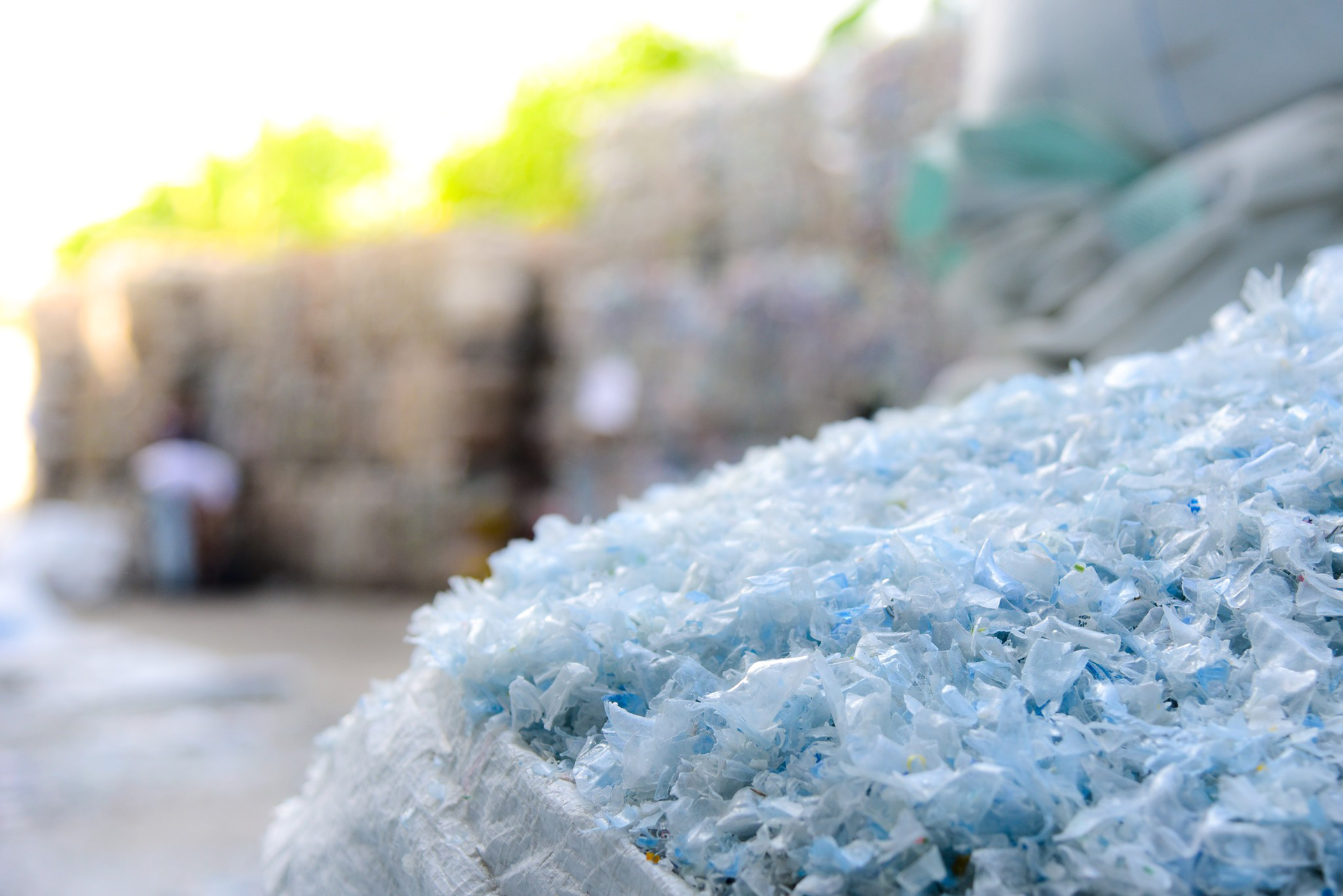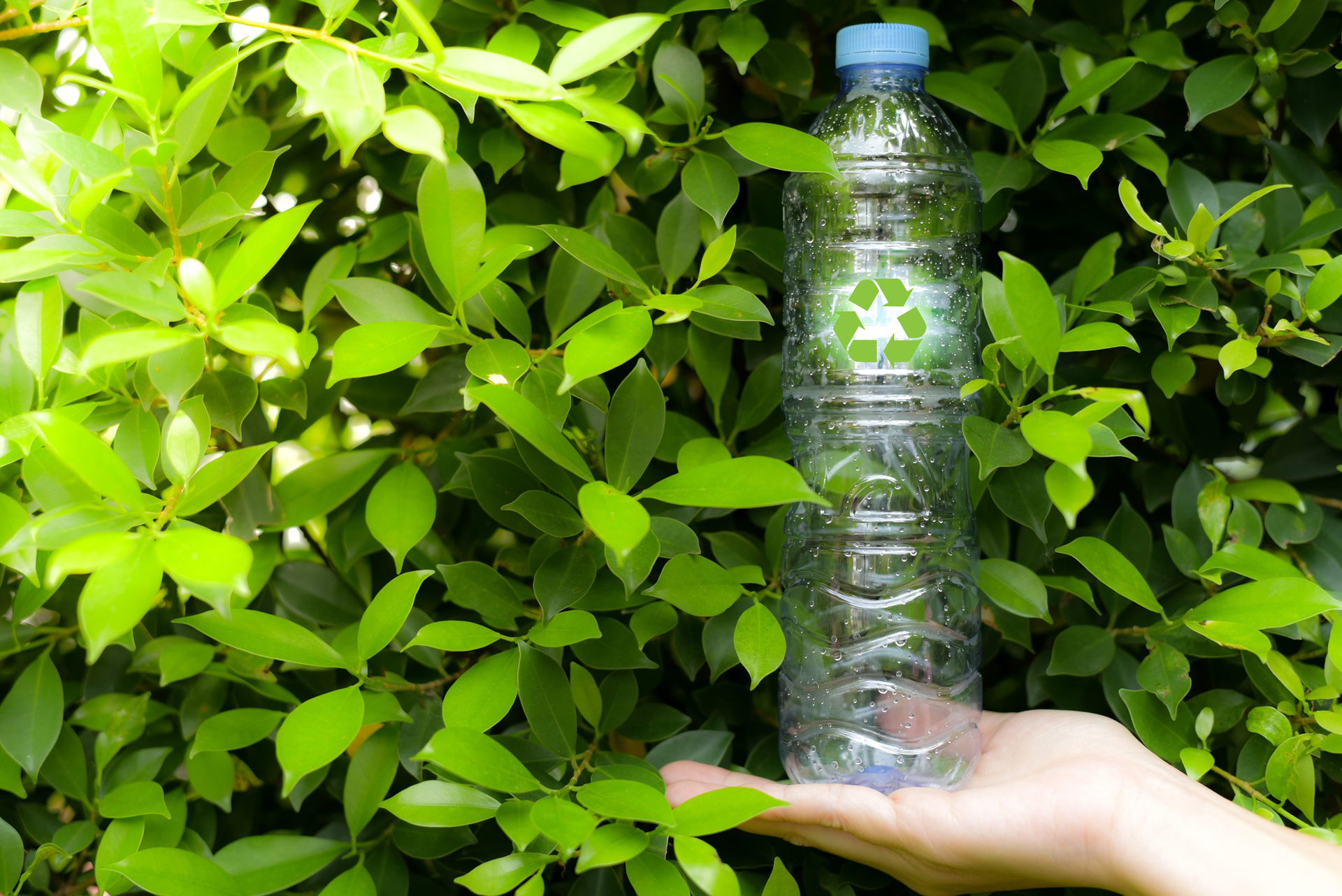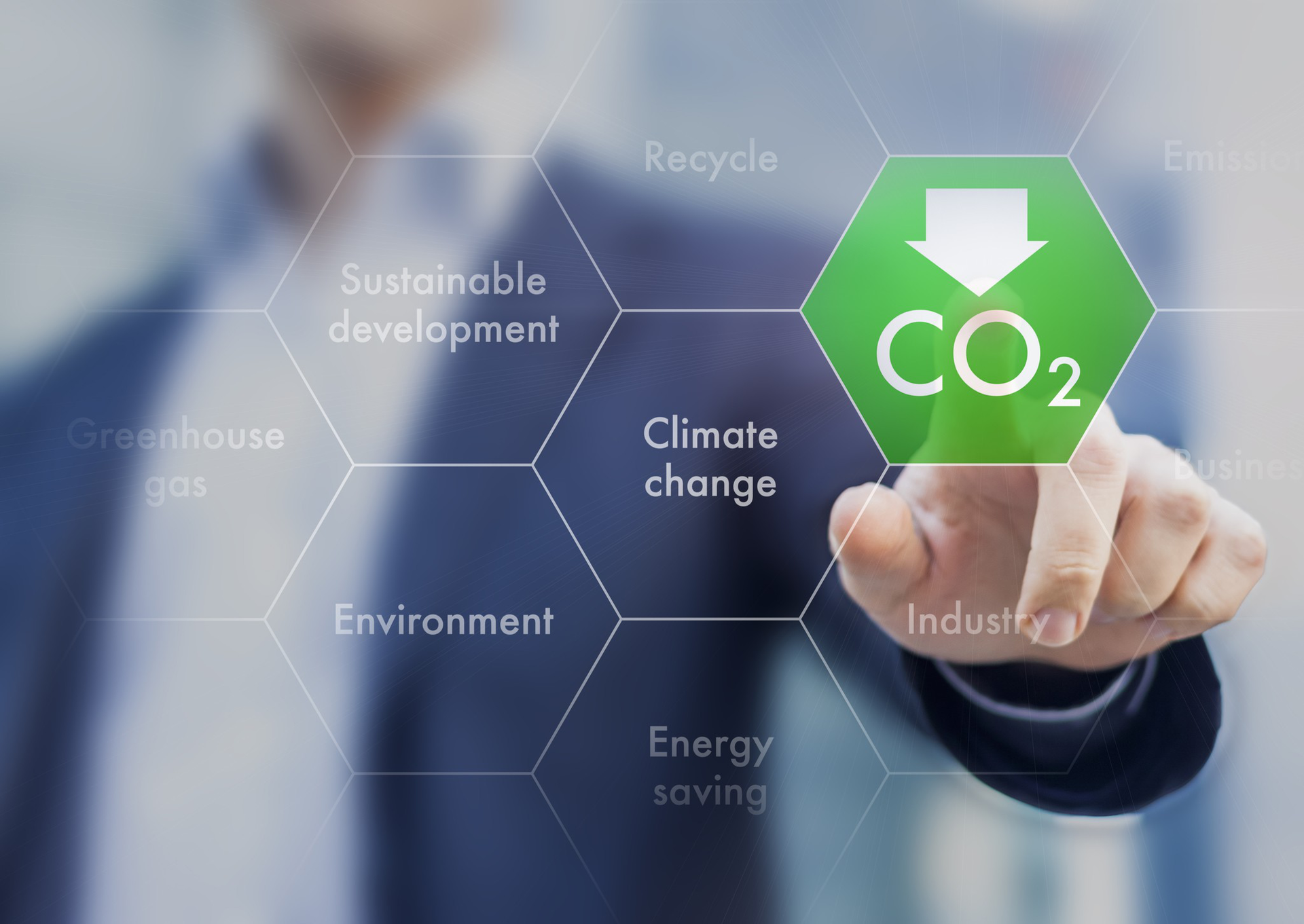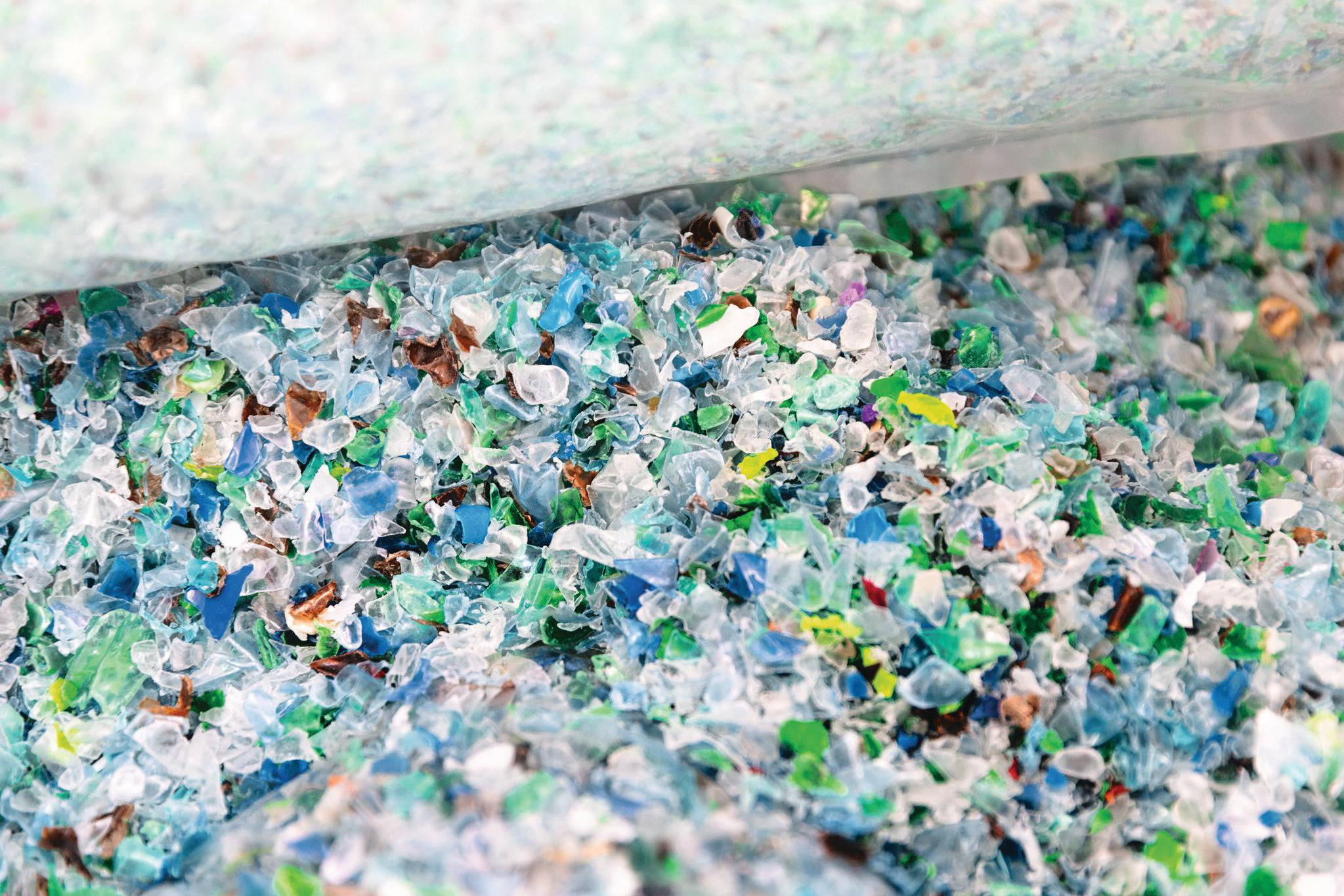Circular economy is considered a solution to avoid waste and conserve resources. However, for it to ultimately prevail with plastics, everyone must benefit from it: whether waste collectors, recyclers, processors, consumers, or the environment. A complex matter.
In 2015, the EU Commission adopted an action plan for the circular economy consisting of 54 measures. In March 2019, it presented a positive interim assessment: "The principles of the circular economy have been incorporated into production, consumption, water management, the food industry, as well as the management of certain waste streams and, in particular, plastics," said Frans Timmermanns, First Vice President of the Commission.
The figures also support this. In 2016 alone, 147 billion euros in value creation were generated from circular economy activities such as repairs, reuse, or recycling, and investments totaling 17.5 billion euros were made. One element of the circular economy in Europe is the EU Plastics Strategy. Among other things, it provides that by 2030 all plastic packaging on the EU market must be recyclable.
Challenges for Recyclers
For this to become reality and for the cycle to be complete, however, there is still much to do. Currently, prices for recyclates as well as for new material fluctuate. A challenge for recyclers, because if the prices for recyclates are higher than those for new material, demand decreases.
The price for a recyclate depends on various factors: on the one hand, on the quantity of available material, which is in turn linked to collection and disposal systems. On the other hand, it is determined by the respective effort of the sorting and processing process. Depending on the intended application of the plastic, the level of purity required varies. In some cases, substantial amounts of water and energy must be expended for cleaning and sorting. If profitability – that is, the generation of profits – is already in question at this stage of the cycle, the entire circular economy falters.
Hurdles for plastic manufacturers and processors
For plastics manufacturers and processors, the same applies. Their profitability also depends on the available quantity, quality, and price of the recyclate. Manufacturers and processors need planning certainty regarding all three components: Without sufficient quantity, they risk, for example, a production shutdown, and with substandard quality of the raw material, an inferior final product. Often, the material used is contaminated with metal parts, which leads to costly machine damage, process disruptions, and stoppages. Last but not least, excessively high purchase prices reduce their profit.

A lot of potential
Calculation scenarios by "Der Grüne Punkt", the market leader of dual systems in Germany, assume that even if there are no substantial technological advancements, and only the technology currently leading is deployed nationwide, the value creation potential for recyclates is considerable. Thus, the market volume for plastic recyclates in Germany could increase from 189 million euros in 2014 by 119 percent to 414 million euros in 2030. If the conditions and demand trends improve, a market volume of 1.04 billion euros is even possible for the year 2030.
Another point that underscores the potential: Global plastic demand is rising. An increasing demand may lead to a strained supply situation with long delivery times for new products. In such cases, secondary raw materials can complement primary goods and form a supply market that is largely independent of the volatilities of new products in terms of supply and price.

From "Nice to have" to Competitive Advantage
Moreover, policy can also positively influence the recycling potential through measures that, for example, affect the Packaging Act and by setting fixed recycling quotas. Ambitious goals have already been formulated with the aforementioned EU plastics strategy.
And the attitude of companies regarding the use of recyclates also plays a crucial role. In many companies, a rethinking has already begun. The CO2 footprint – the total amount of carbon dioxide emissions that arises directly or indirectly during the manufacturing process or throughout the entire life cycle of products – is increasingly coming into focus. A positive CO2 balance is becoming part of a sustainable product strategy and, in some cases, a competitive advantage. Even during product and packaging development, recyclability can be taken into account. When this is clearly communicated to the consumer, it in turn increases their acceptance and demand for products made from recycled materials. Also because they are thereby helping the environment.

For the sake of the environment
The environment benefits greatly from a high recycling potential and a closed plastic cycle. The reason: Currently, new plastic products are still predominantly made from primary plastics produced from crude oil. According to the bvse-Fachverband Kunststoffrecycling, plastic recycling reduces the need for crude oil in two ways: on one hand by saving new plastics and on the other by saving energy. In plastic recycling, only 33 to 50 percent of the energy required to produce new materials is used. Furthermore, the CO2 savings are significant. According to the association, every ton of recycled plastic used instead of comparable new goods avoids between 1.45 and 3.22 tons of climate-relevant greenhouse gases.
Investments in recycling can therefore pay off handsomely for all parties involved. Investing time and money in technologies and structures that serve the profitability of recycling appears promising in view of the great potential. Disposal in landfills and dumping in the environment should quickly give way to recycling. For only through the reprocessing of plastic waste, preferably into higher-quality products, can limited resources be preserved and the plastic cycle closed.

